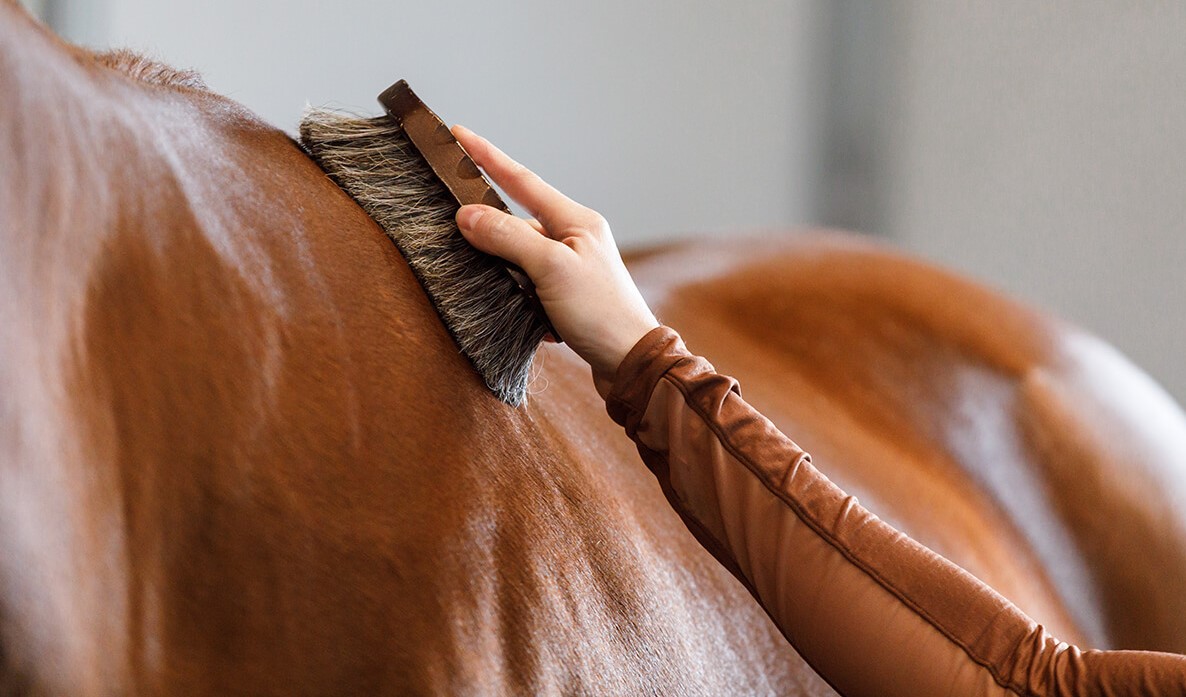Grooming is an integral part of horse care, offering benefits that go beyond mere aesthetics. Regular grooming not only helps your horse look its best, but it also provides an opportunity to check for signs of health problems like skin infections, parasites, or injuries. For new horse owners or those looking to upgrade their grooming arsenal, this comprehensive guide offers a complete checklist of essential horse grooming tools to ensure a well-kept equine companion.
The Importance of Proper Grooming Tools
Having the right tools for grooming is crucial. High-quality tools will not only last longer but will also provide a more comfortable grooming experience for both you and your horse. From removing dirt and loose hair to treating specific issues like skin conditions, the right grooming tools can make a big difference in your horse’s overall health and well-being.
The Complete Horse Grooming Tools Checklist
Brushes and Combs
- Curry Comb: For loosening dirt and mud from the coat.
- Dandy Brush: To remove the dirt brought up by the curry comb.
- Body Brush: For finer cleaning and distributing natural oils.
- Mane and Tail Comb: To detangle and groom mane and tail hairs.
Hoof Care
- Hoof Pick: To remove stones, dirt, and debris from the hooves.
- Hoof Brush: For cleaning the hoof surface.
- Hoof Oil and Applicator: To condition and protect the hooves.
Coat Care
- Shedding Blade: To remove loose hairs, especially during shedding season.
- Sweat Scraper: For removing excess water or sweat from the coat.
- Coat Conditioners and Sprays: To maintain luster and manageability.
Additional Tools
- Sponges: For cleaning the eyes, nose, and other sensitive areas.
- Towels: For drying and finishing touches.
- Grooming Tote: To organize and carry all your grooming tools.
Essential Tips for Using Grooming Tools Effectively
Regular Maintenance
- Keep your grooming tools clean and in good condition. This not only extends their lifespan but also prevents the spread of skin conditions.
Be Gentle Yet Thorough
- Use gentle strokes to avoid irritating the skin, but be thorough enough to ensure you’re removing all dirt and loose hairs.
Frequency
- The frequency of grooming will depend on your horse’s lifestyle, coat type, and health conditions. A general rule of thumb is to groom before and after rides and at least once a week for non-working horses.
Safety
- Always approach your horse in a calm and controlled manner. Keep all tools organized and within easy reach to minimize sudden movements that could startle your horse.
Why Quality Matters
Investing in high-quality grooming tools may cost more upfront but will save you money in the long run by being more durable and effective. Quality tools are also often more ergonomic, making the grooming process more comfortable for both you and your horse.
Conclusion
Proper grooming is a non-negotiable aspect of horse care that has multiple benefits. It not only keeps your horse looking good but also provides you with the opportunity to check for signs of health issues. With the right set of grooming tools, you can ensure that your horse remains in tip-top condition, both in appearance and health. Equipped with this complete checklist and tips, you are well on your way to becoming an expert in horse grooming. Remember, a well-groomed horse is often a reflection of a caring and attentive owner.
